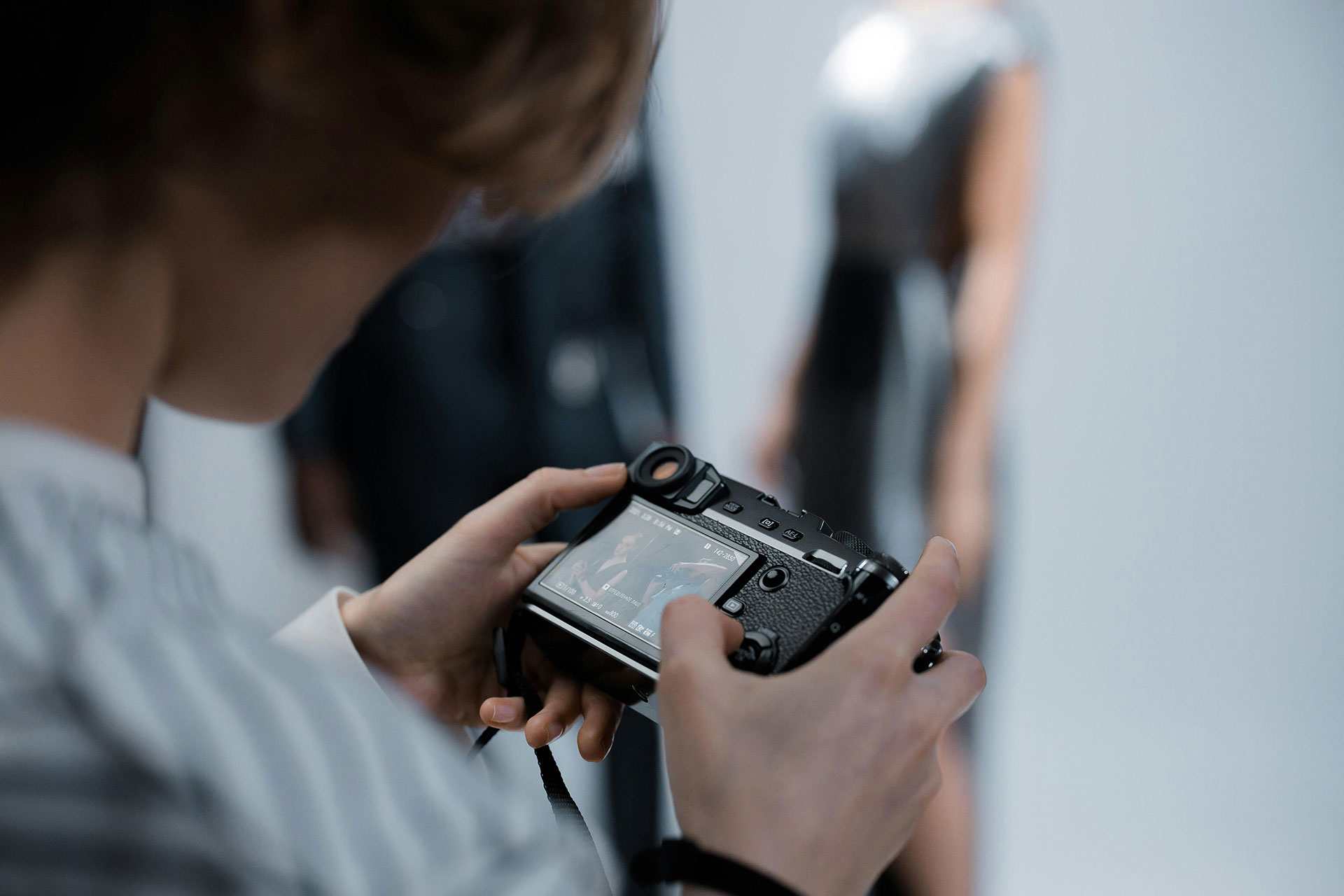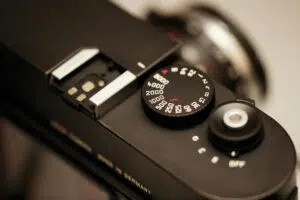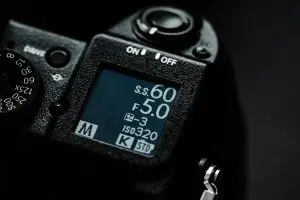Snap a photo that looked fine in the viewfinder but turned out way too dark or way too bright? More often than not, that boils down to metering. It’s how your camera determines the “correct” brightness for your scene—mastering how metering modes work can improve your shots quickly if they’re not looking the way you want them to.
You don’t need to memorize lots of complex stuff — just get a sense of what each mode does and when to use it. That’s what we’ll cover here.
What Does Metering Do?
Metering is your camera’s method of reading light in a scene and determining how to expose the shot. It examines various areas of the frame and attempts to predict what the exposure should be like. It could read the entire frame, just the center, or even a pinprick, depending on the mode.
Choosing the correct metering mode tells your camera which area of the photo you care about most for exposure. That minuscule switch can be a huge game-changer.
Matrix Metering: The Safe Default
Matrix metering — also known as evaluative metering — is the default mode on most cameras. It registers light across the entire frame and employs a built-in formula to determine the ideal exposure. Lighting conditions that are generally neutral, especially if your subject is more or less in the centre of the frame usually work quite well.
The camera also takes your focus point into consideration, which can help if your subject isn’t perfectly centered. This is good for most everyday shots, particularly street photography, city scenes, and relaxed outdoor portraits. If you can’t decide on a mode, the matrix is a good mode to start with.
Center-Weighted Metering: Emphasis onthe Midsection
Center-weighted metering is a slightly different kettle of fish. It’s still considering the whole frame, but it’s biased towards the center. In this mode, the camera does not consider the focus point and just assumes that the most prevailing thing is located in the center of your frame.
It’s even more useful for portraits, close-ups, or whenever your subject is sitting plumb center in the frame. This is old-school, but the mode still comes in handy when you don’t want the camera getting distracted by bright backgrounds or bright edges. For instance, if you’re shooting someone in front of a bright window, center-weighted makes sure that you’re keeping their face properly exposed.
Spot Metering: For Difficult Lighting
These are extremely accurate readings. It only sees light from a tiny, not necessarily directly related to your focus point area, and ignores everything else. That is ideal for high-contrast scenes, in which part of the frame can be much brighter or darker than another part.
Let’s say you’re shooting a person who’s on stage under a spotlight, or you’re attempting to expose for a subject who’s in front of a bright sky. Spot metering, focus just on that one spot and it’s fine everywhere else.
It gives you control, but it also requires caution. If you are metering the wrong thing, your photo could end up really far off.
Save the Brights: Highlight-Weighted Metering
This one is not available on all cameras, but it’s worth your notice. Most newer Nikons and a few other models have highlight-weighted metering. It’s meant to shield bright areas in your frame — so features like white shirts, glistening skin or sunlight reflecting off of a metallic surface don’t blow out and lose their detail.
The camera also meters for the brightest part of the frame and compensates in order to keep the exposure in check. If you shoot concerts, street scenes at night, or nine hundred other things with high contrast and dramatic lighting, this mode can pay huge dividends.
When To Switch Metering Modes
Matrix metering generally produces good results so long as you’re shooting in good, even light. But when the light gets strange — strong backlight, a shadow across a face, inconsistent lighting — it’s worth switching. You need full control of exactly what is going to be exposed for those high-contrast setups, and that’s when spot metering comes into play.
Center-weighted is a safe choice when you want to keep the focus on your subject, without having to worry that bright or dark edges in the frame are throwing things off. You don’t have to switch modes for every shot, but being aware of when your current one isn’t working will help.
Metering Modes on Fujifilm Cameras
Fujifilm cameras name their metering modes slightly differently, but the concept is identical. “Multi” is Fujifilm’s name for matrix metering and is typically the best option for default use.
Spot Metering works like any other brand, looking at a small area connected with your point of focus. “Average” computes the average of those color values for the entire frame, which is useful in flat lighting but can be terrible in contrasty scenes.
And “Center-Weighted” is precisely what it sounds like — it favors the middle. With Fujifilm film simulation recipes, though, matrix (or Multi) generally works well with baked-in looks such as Classic Chrome or Provia, providing nicely balanced exposures with typically enough room to adjust.
Recommended Gear for Mastering Metering Modes

Sekonic L-308X-U Light Meter
Get more accurate exposure when your camera’s metering falls short. The Sekonic L-308X-U is compact, easy to use, and great for both natural light and flash setups. Perfect if you’re learning manual mode or shooting with vintage film cameras.
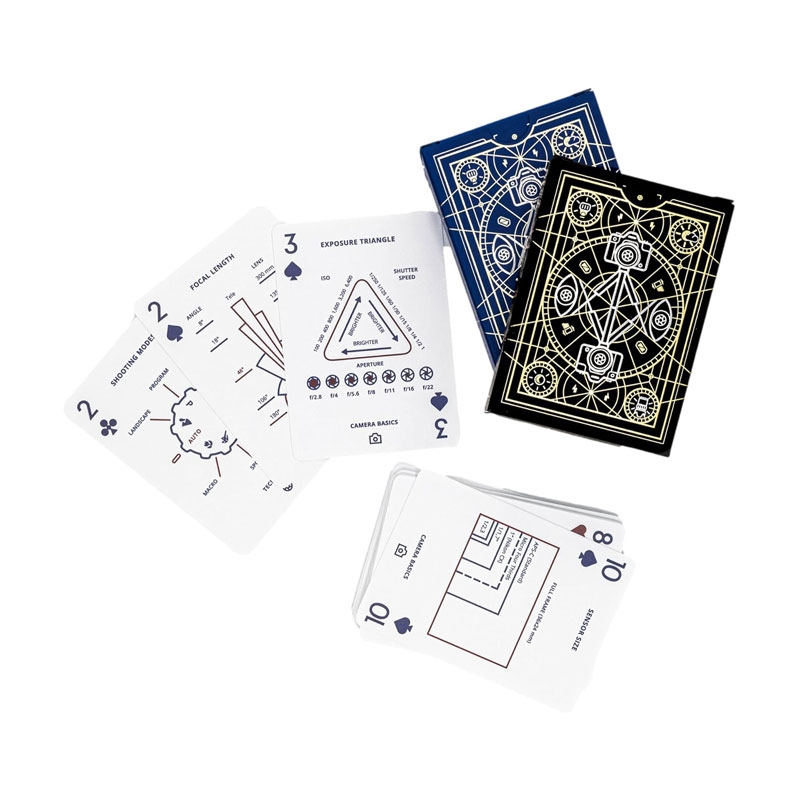
Exposure Chart Cards
These pocket-sized cheat sheets make it easier to understand exposure on the go. Great for street photography, film shooters, or anyone learning manual mode. Helps you remember settings without digging through menus.
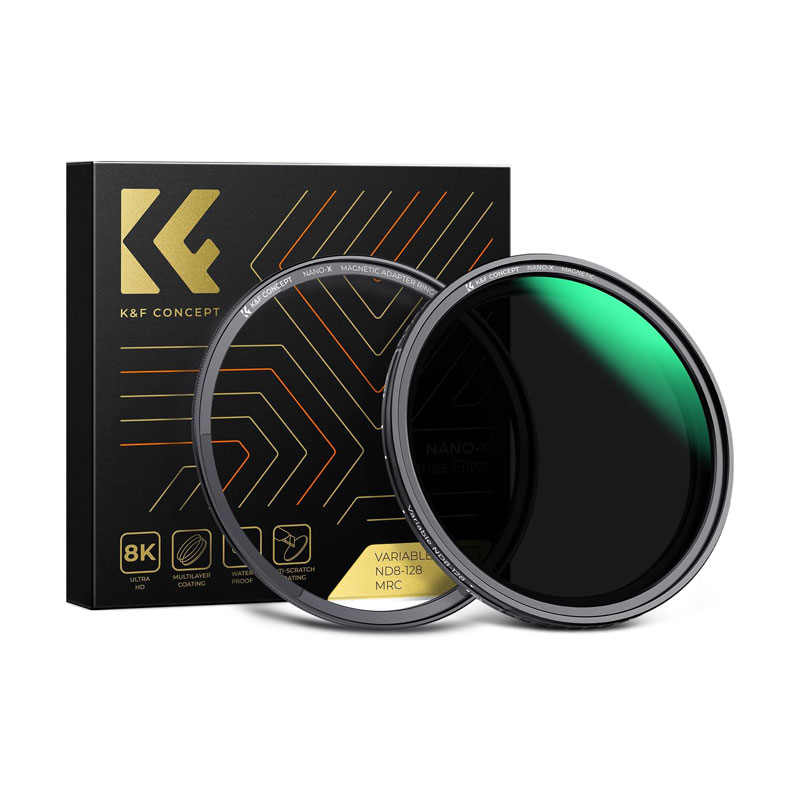
K&F Concept ND Filter Kit
Struggling with blown highlights or shooting in harsh daylight? These neutral density filters help you balance exposure and experiment with metering under tricky lighting. Great for landscape or video too.
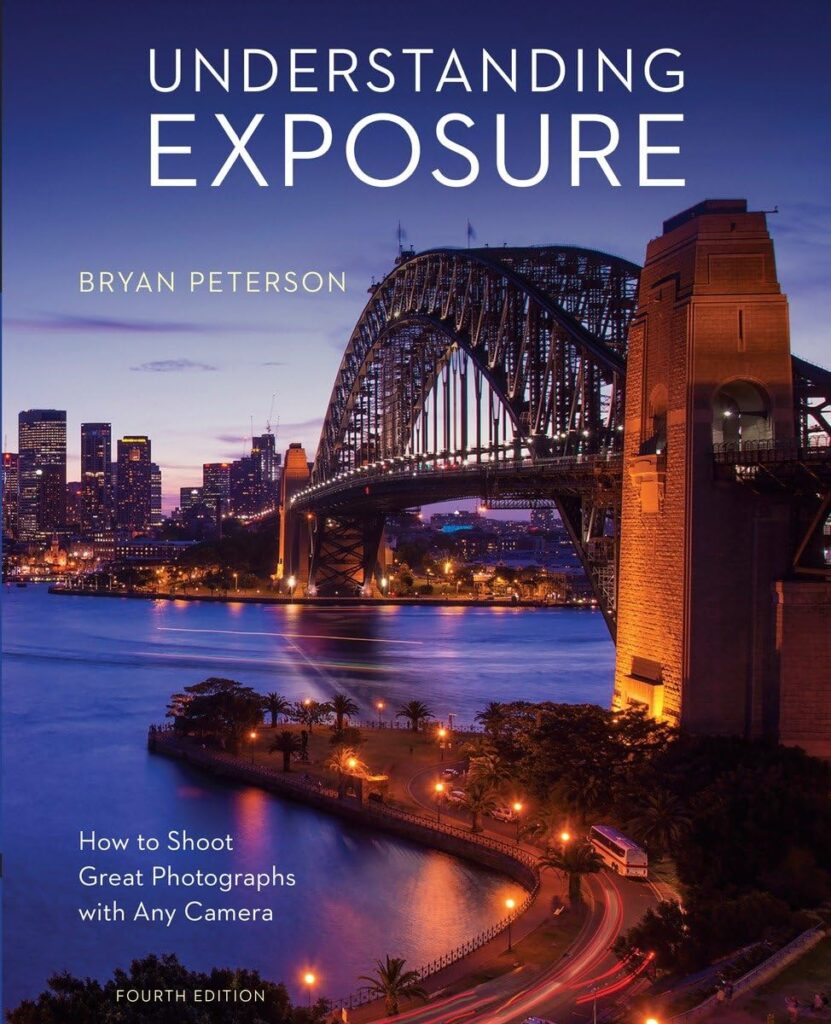
“Understanding Exposure” by Bryan Peterson
This book breaks down exposure in plain English. Super helpful if you want to fully grasp how metering, aperture, shutter speed, and ISO all work together. A classic for beginners and hobbyists.
Final Thoughts
You don’t need to be a master at every technical setting in your camera, but knowing about metering modes is a relatively easy way to get to the next level fast. They are all about how you tell your camera what you want it to focus on. If you’re ready to take full control of your exposure, here’s a manual mode photography guide that breaks it all down step-by-step.
If your subject is disappearing into the shadows or is washed out in bright light, try switching modes and see what you get. And with a little practice, you’ll begin making those decisions without conscious thought — and your photographs will begin to represent what you actually saw when you clicked the shutter.

